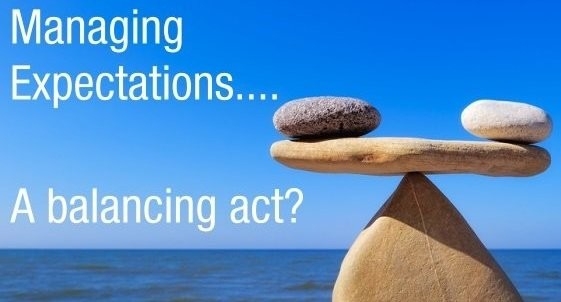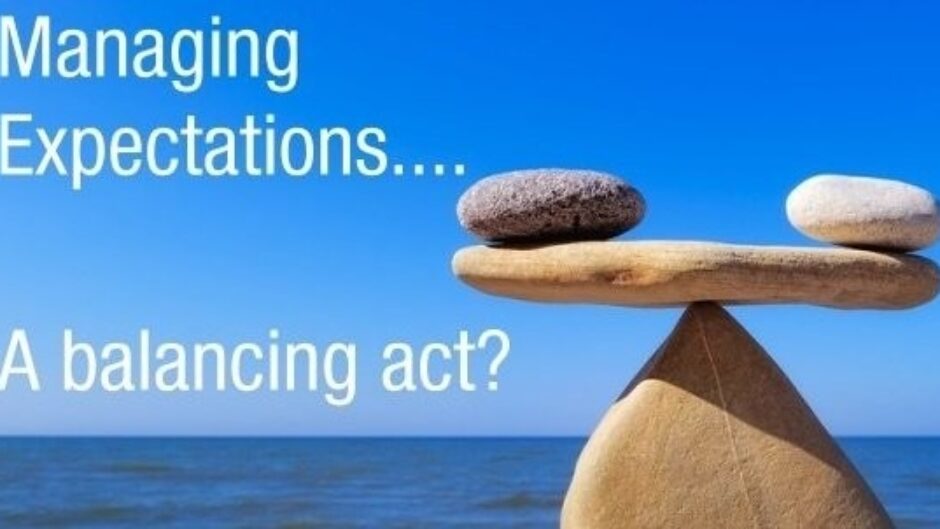
If someone were to ask me what my biggest challenge is in my professional life, I would have to say, hands down, that it is managing expectations. Whether it is my own, the donors’ or the board’s.
Sometimes, folks seem to think that there is a magic money tree and that if the professional fundraiser gives it a good shake, the fruit will fall out. Ahh, if that were only the case… Donors need to be inspired. As I have stated in previous articles, money is a means to an end, not an end in and of itself. I certainly don’t expect most donors to automatically donate to the charity I am working for. I would need to present a compelling and cogent case for support and match the donors’ needs with the needs of my organization. Note that it is the donors’ needs that are the priority.
The caveat for this is the board. I do expect that each and every member of the board will make their own sacrificial gift (of money). If there is not 100% leadership giving, your program is doomed from the get-go. As a matter of fact, many grant proposals specifically ask for the level of board giving (and if it is anything less than 100%, your application will likely be denied).
Many boards are risk-averse. The reason is quite logical. The board is empowered to be the fiduciary agents of public funds. They must invest the charitable dollars raised wisely. But some boards have a zero-risk tolerance. That is problematic. There is that old adage that “you have to spend money to make money” and I have usually found that statement to ring true.
Jeffrey Solomon and Charles Bronfman (authors of the book The Art of Giving) talk about funding noble failures. It does not mean that money is thrown at any idea out there and we are lucky if one of the programs takes off. Rather, it is taken as a learning opportunity. We learn much more from our failures than we do from our successes. It is human nature. And by learning from our noble failures, we can use these lessons to help us shape our future endeavors.
Sometimes we get caught up on the cost to raise a dollar (or Return on Investment [ROI] in the for-profit world). The ROI is merely the inverse of the cost to raise a dollar. As a matter of fact, let’s look at just how lean charities are. For many charities, a cost of 15-cents to raise a dollar is both acceptable and commended. In the for-profit world, that equates to a 667% ROI. I think that if we were to go out publicly with a 667% ROI year after year, we might make it on the Forbes 500 List!
So how is it that what is commendable in the for-profit world is something that needs to be improved in the non-profit world? If Charity ABC spent $25,000 running an event (that they hoped would raise $250,000) and it raised $300,000, what are the odds that a charity would invest even more money the following year in planning the event? Or, would the argument that “you did well with the $25,000 investment, let’s leave the level of investment around there” be more likely to be heard? What are the expectations around surpassing last year’s goal?
The last issue of managing expectations is with oneself. While it is great to strive for excellence and have lofty goals, it is also recommended that those goals be realistic and achievable (with hard work, of course). If my department consistently raises $3 million annually, it might not be the most realistic idea to bump that number to $5 million (assuming there isn’t a special campaign or anything like that). Do some research — what are the giving trends that you are likely to produce? At the end of the day, you are the only one who can alter your own expectations.
L’chaim
jack




